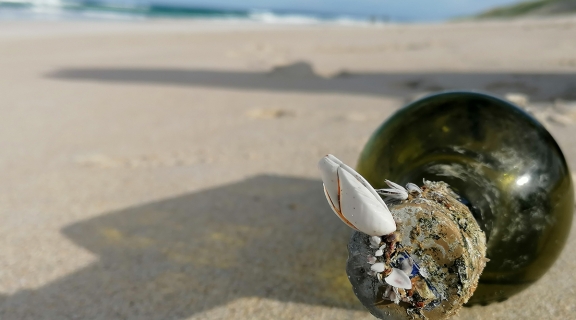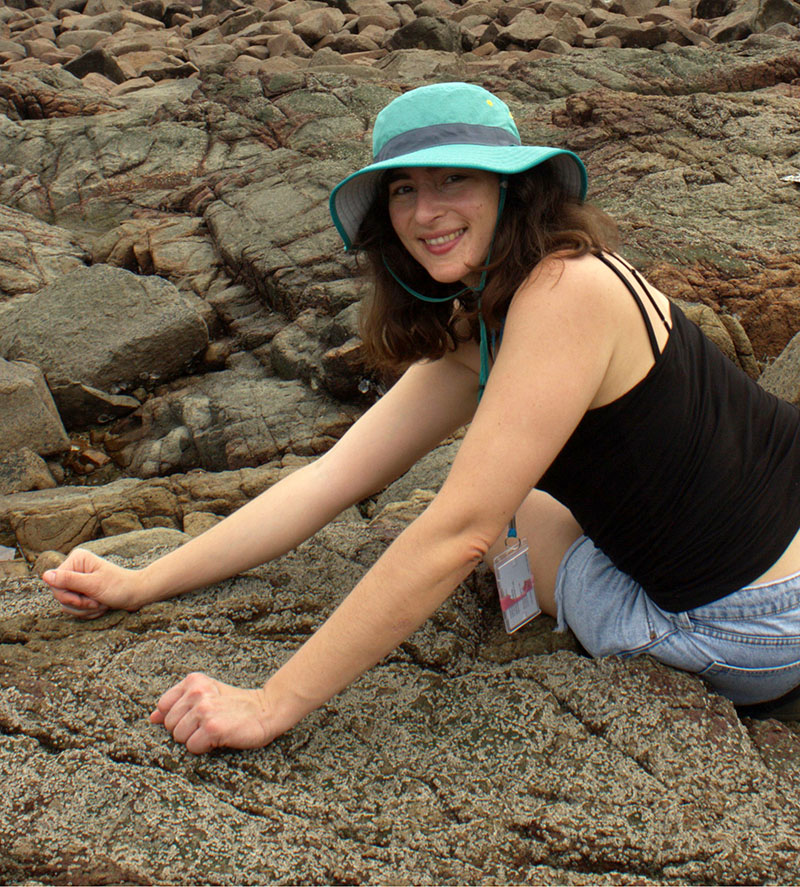
Rosenberg Institute Seminar Series - Diamela De Veer
Overview
Diamela De Veer, Postdoctoral Fellow, Smithsonian Environmental Research Center
Ocean Travelers: the role of plastic debris on non-native species dispersal
Abstract: Anthropogenic marine debris (AMD), particularly plastic, has accumulated in the ocean at unprecedented levels. Once at sea, AMD is rapidly colonized by marine organisms, facilitating their dispersal and potentially expanding their distribution ranges. The Ocean Travelers II (OT II) research network—a collaboration of scientists across 19 countries in the Americas and Northeastern Europe—investigates the extent of this colonization and identifies the species using AMD as a vector for dispersal in coastal ecosystems. OT II has identified key spatial and temporal patterns in colonized AMD. Using barnacles as a model organism, the project has successfully classified common, non-indigenous, and invasive species in their discovered locations. These findings demonstrate the critical role of international collaboration in enabling the long-term monitoring of invasive species spread via AMD pollution.
Bio: Diamela De Veer is a postdoctoral researcher at the Smithsonian Environmental ResearchCenter's (SERC) Marine Invasions Laboratory. With over seven years of experience, she specializes in using participatory science to track the sources, distribution, and ecological impacts of anthropogenic marine debris throughout the Americas. She recently coordinated the international research network Ocean Travelers II, investigating how marine organisms disperse across oceans on floating debris.

Tags